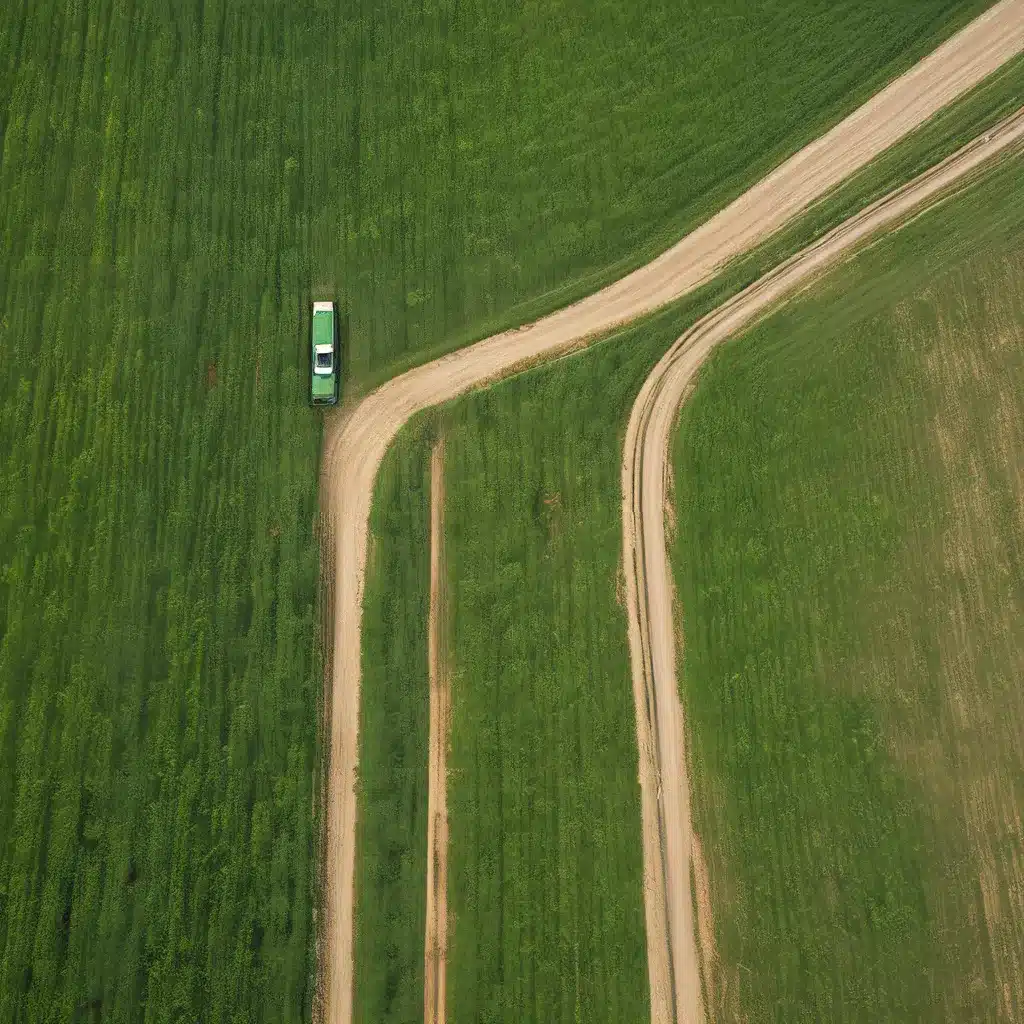
As a renewable energy enthusiast, I’ve always been fascinated by the potential of biofuels to reshape our energy landscape. But let me tell you, navigating the complex web of regulations surrounding these sustainable fuels is no easy feat. It’s like trying to find your way through a dense forest – you’ve got to be equal parts explorer and legal scholar to come out on the other side.
Unraveling the Regulatory Maze
When it comes to biofuels, the regulatory landscape is a veritable minefield. There are federal rules, state-level guidelines, and local ordinances all vying for your attention. It’s enough to make your head spin! But fear not, my friends, for I’ve delved deep into this bureaucratic jungle and emerged with a few key insights.
First and foremost, you’ve got to understand the noxious weed laws – the bane of every biofuel producer’s existence. These laws, administered by state departments of agriculture, are meant to protect agricultural interests, but they often fall short when it comes to regulating plants that are a threat to natural ecosystems. According to experts, state noxious weed lists only include about 20% of the species considered invasive by independent plant councils. Talk about a missed opportunity!
But it gets even more complicated. Some states, like Mississippi and Florida, have implemented their own permitting systems for bioenergy crops, adding an extra layer of bureaucracy to the mix. And get this – these permits don’t even require a proper weed risk assessment! It’s like trying to build a house without checking the foundation first.
Striking a Balance: Regulation and Innovation
Now, I know what you’re thinking – “Enough with the doom and gloom! What’s the solution?” Well, my friends, I’ve got a few ideas up my sleeve.
First and foremost, we need to empower state Invasive Species Councils (ISCs) to take the lead on revising those noxious weed lists. These councils, often composed of scientists, land managers, and industry reps, are much better equipped to identify and prioritize the plants that pose a real threat to natural ecosystems. And by using a standardized weed risk assessment system, like the one developed by the USDA, we can ensure that the regulatory process is transparent, rigorous, and fair.
But regulations alone won’t cut it. We need to get the biofuel industry involved as well. Developers of new bioenergy crops should be required to consult with state ISCs, conduct thorough field trials, and demonstrate that their products pose a low risk of becoming invasive. And if they fail to do their due diligence and their crops end up causing ecological damage, they should be held accountable through a negligence liability system. This would provide a strong incentive for the industry to be proactive and responsible.
The Path Forward: Collaboration and Compromise
I know, I know – it all sounds like a lot of work, right? But trust me, the payoff is worth it. By striking the right balance between regulation and innovation, we can pave the way for a sustainable biofuel future that benefits both the environment and the economy.
It’s not going to be easy, and I’m sure there will be plenty of pushback from various stakeholders. But if we can get everyone to the table – the regulators, the scientists, the industry players, and the environmental advocates – I believe we can find a way forward that works for everyone.
After all, we’re all in this together, right? The future of our planet depends on it. So let’s roll up our sleeves, put on our problem-solving hats, and get to work. Who’s with me?

